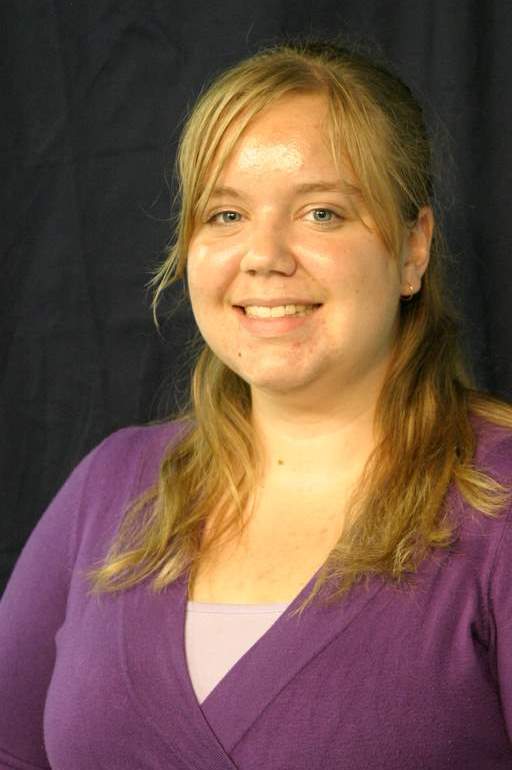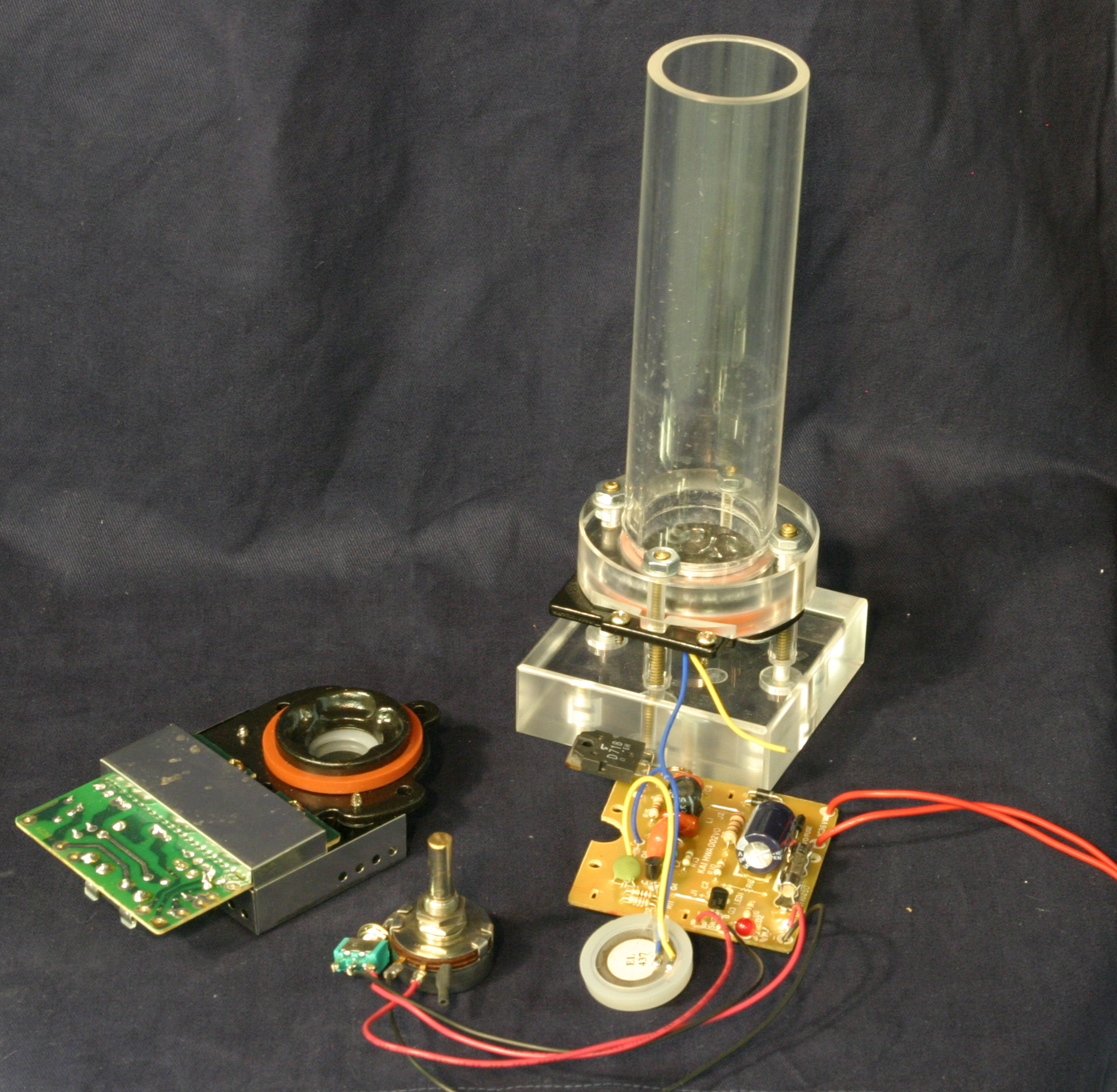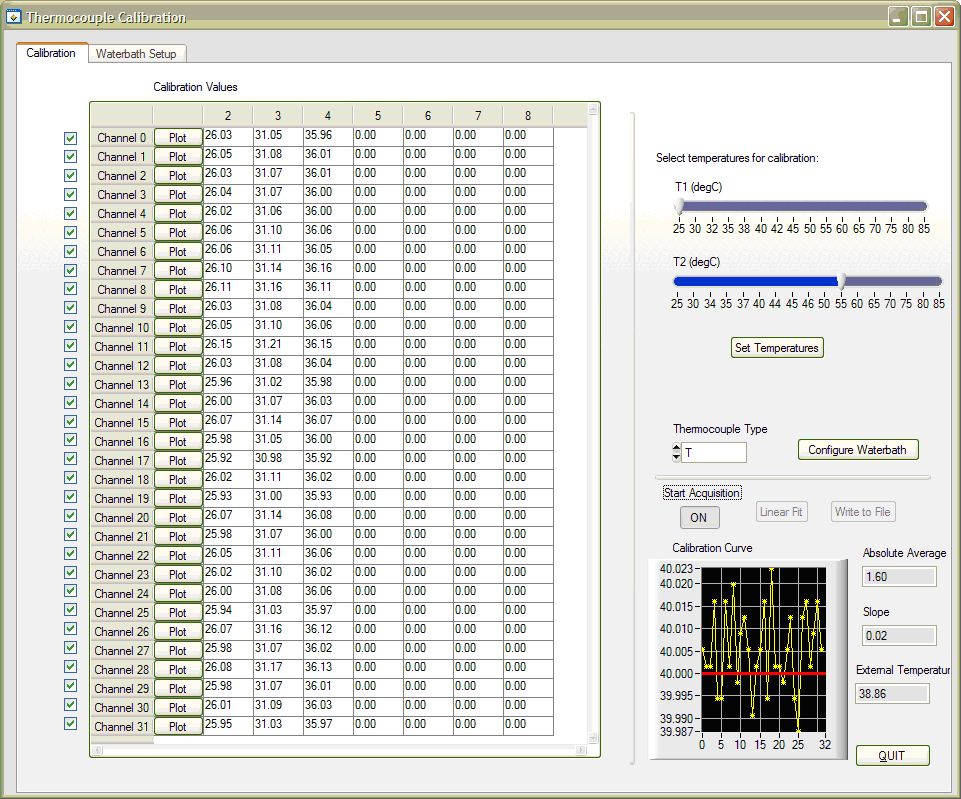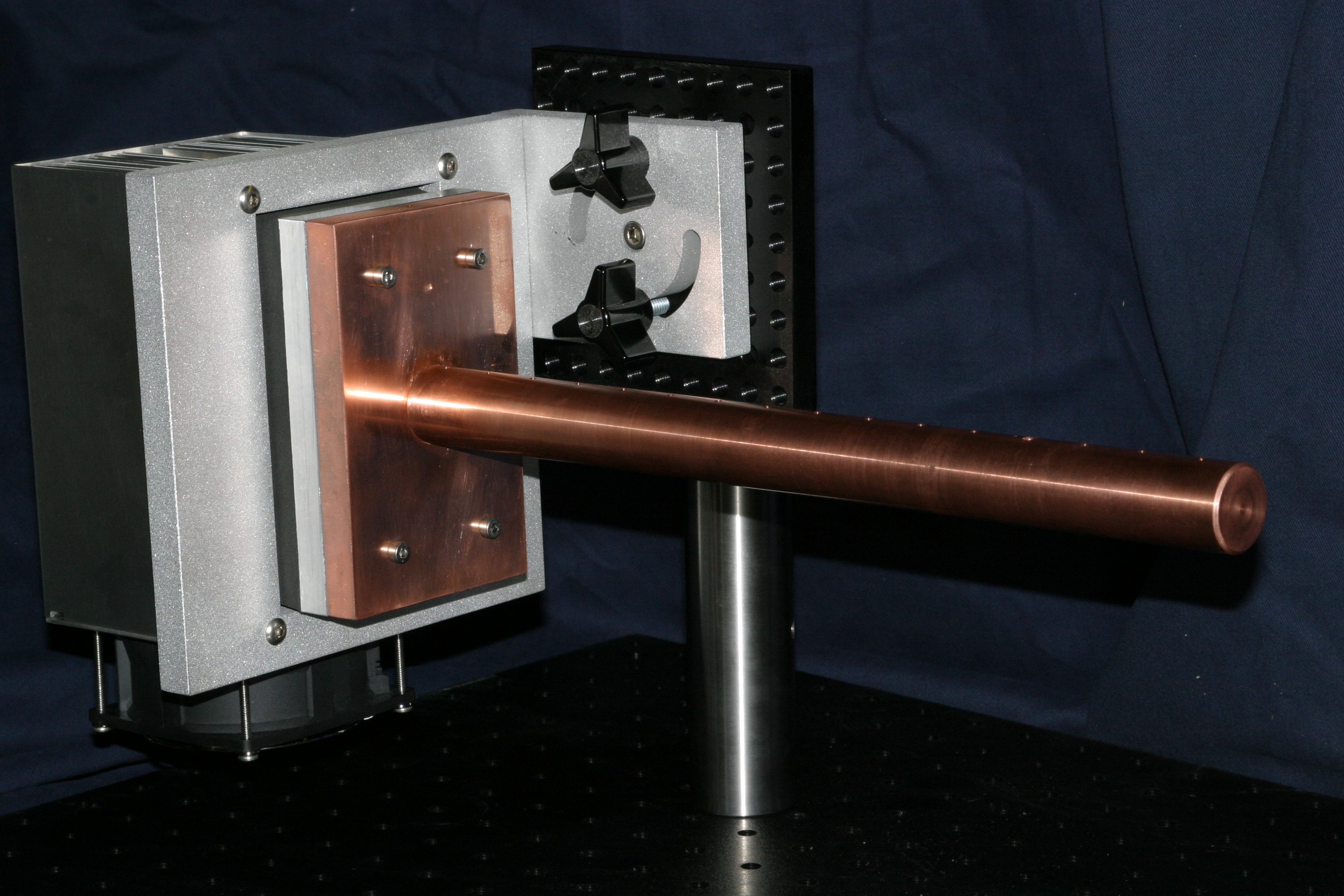PDFs & Technicians Graduates Undergraduates Past Students
Alexis Kaminiski

3rd Year BSc, Mechanical Engineering
Supervisors
Dr. David S. Nobes
This job was a great opportunity to experience first-hand the concepts I learned in my third-year classes, in particular my measurements and heat transfer courses. While I had seen the more theoretical/literature based side of a research project, this job was an excellent opportunity to experience the more hands-on aspects of designing an apparatus and programming it. In particular, the design experience was invaluable; since it was my first real exposure to design outside of the classroom, it was certainly educational! I liked the design meetings for the different projects in the lab. I really think that it will help in my upcoming courses. The exposure to this side of working in a research lab helped to cement my goals regarding graduate studies.

Piezoelectrics

Thermocouple Calibration

Heat Transfer Demo Unit
Piezoelectrics
Piezoelectric transducers were required for the design of the synthetic jet actuator and the settling chamber. The desired piezoelectric transducers would be able to operate at a supersonic frequency (preferably above 500 kHz) in underwater applications. As such, it was necessary to learn the basics behind piezoelectrics. Various suppliers were considered, including those for non-destructive testing and cleaning applications.
Various characteristics of piezoelectric elements were examined, including:
- Amplitude response from applied voltage
- Relationship between amplitude and resonance frequency
- Difference between static and dynamic applications
- Types of piezoelectric materials, including the difference between "hard" and "soft" PZT ceramics
- Influence of various material properties, including Young's modulus, electromechanical coefficients, and piezoelectric charge constant
Thermocouple Calibration
As part of the lead-in for the full heat transfer demonstration unit, a means of calibrating the 32 thermocouples for the unit had to be developed. The end result was a program developed in CVI (below) that used a serial connection to "talk" to a water bath in order to set temperatures.
The range of temperatures was selected as a user input, as was the type of thermocouple to be calibrated and which channels would be active. Furthermore, the serial connection was configured within the program itself.
When started, the program would send a setpoint to the water bath, monitor temperature until the setpoint was reached, and then read in one hundred temperature readings, averaged them out, and displayed them in a table. Once the full range of temperatures was completed, the averaged readings were fit to a linear relationship, and the resulting slopes and intercepts could be written to file.
Heat Transfer Demo Unit
The project was to design a demonstration unit for the third-year heat transfer course (MECE 370). Up until now, there were no physical examples in class. The idea of the unit was to have a way to show the effects of conduction, convection, and radiation to support the theory being taught.
Requirements of unit:
- Portable: able to be brought to classes and seminars easily
- Easily instrumented: since up to 32 thermocouples could be used
- Flexible for variety of solutions: ideally for all solution strategies taught in course
- Able to reach steady state within one seminar or class
Heat Transfer Control Program
The project was to design a demonstration unit for the third-year heat transfer course (MECE 370). Up until now, there were no physical examples in class. The idea of the unit was to have a way to show the effects of conduction, convection, and radiation to support the theory being taught.
Requirements of unit:
- Measure the temperature profile in real time
- List assumptions for the solution model
- Display the appropreate state equation
- List and allow adjustment of the thermal properties of the system
- Allow several simple solution strategies to be overlayed with the measured temperature profile
- The program needed to be able to be used with a tablet PC for the purposes of in-class demonstration, and the graphs needed to update with changes in base and ambient temperatures and thermal properties in order to highlight their effect on the temperature profile.
The thermocouples used in the design were attached to a National Instruments 32-channel thermocouple acquisition unit, so the program had to be able to communicate with the DAQ unit. Also, the CP-061 Peltier cooler used to set the boundary temperature condition was controlled using a RS-232 serial protocol, with send and receive strings in hexadecimal with checksums. As such, these needed to be considered when writing the program.